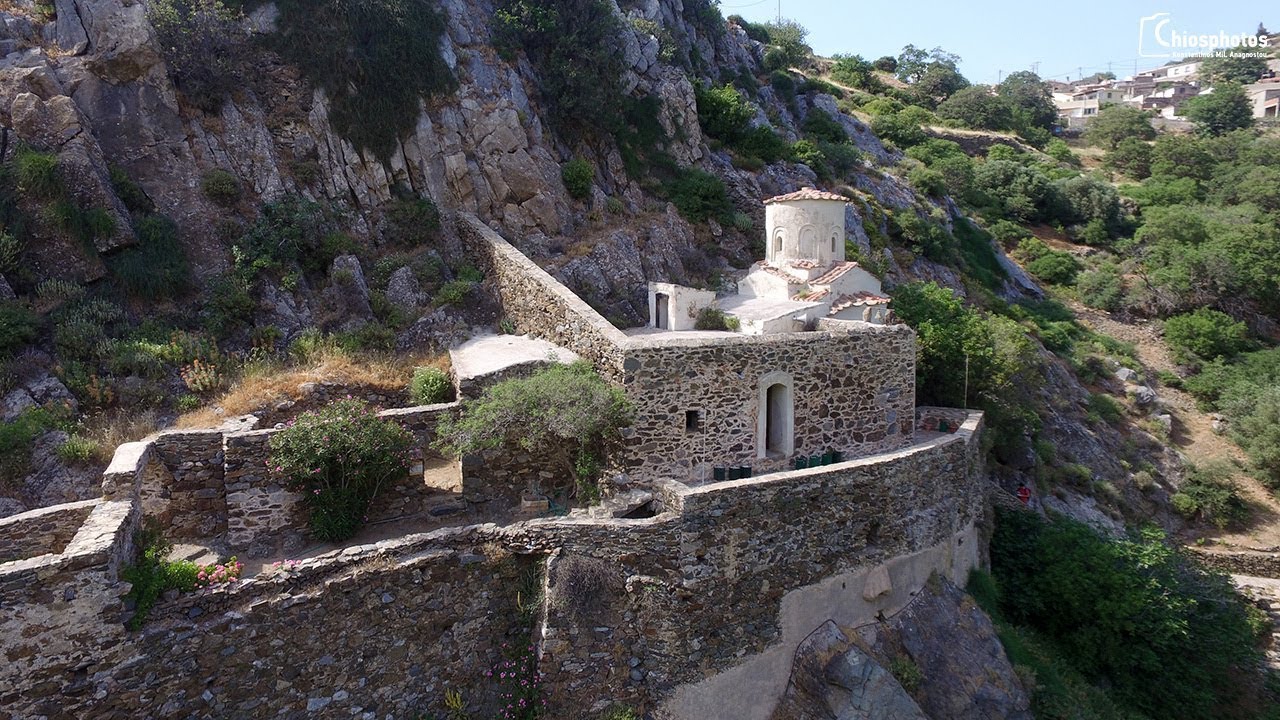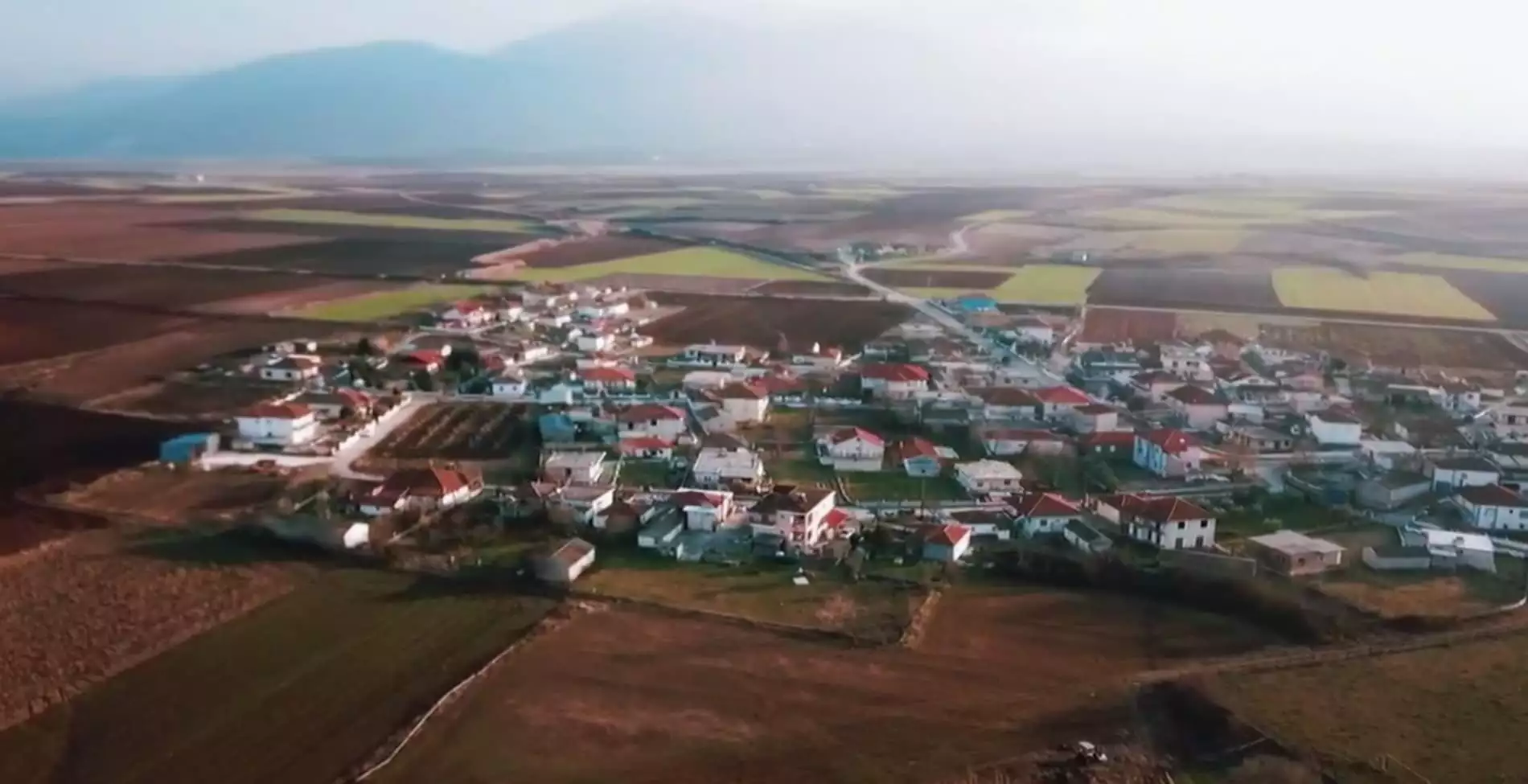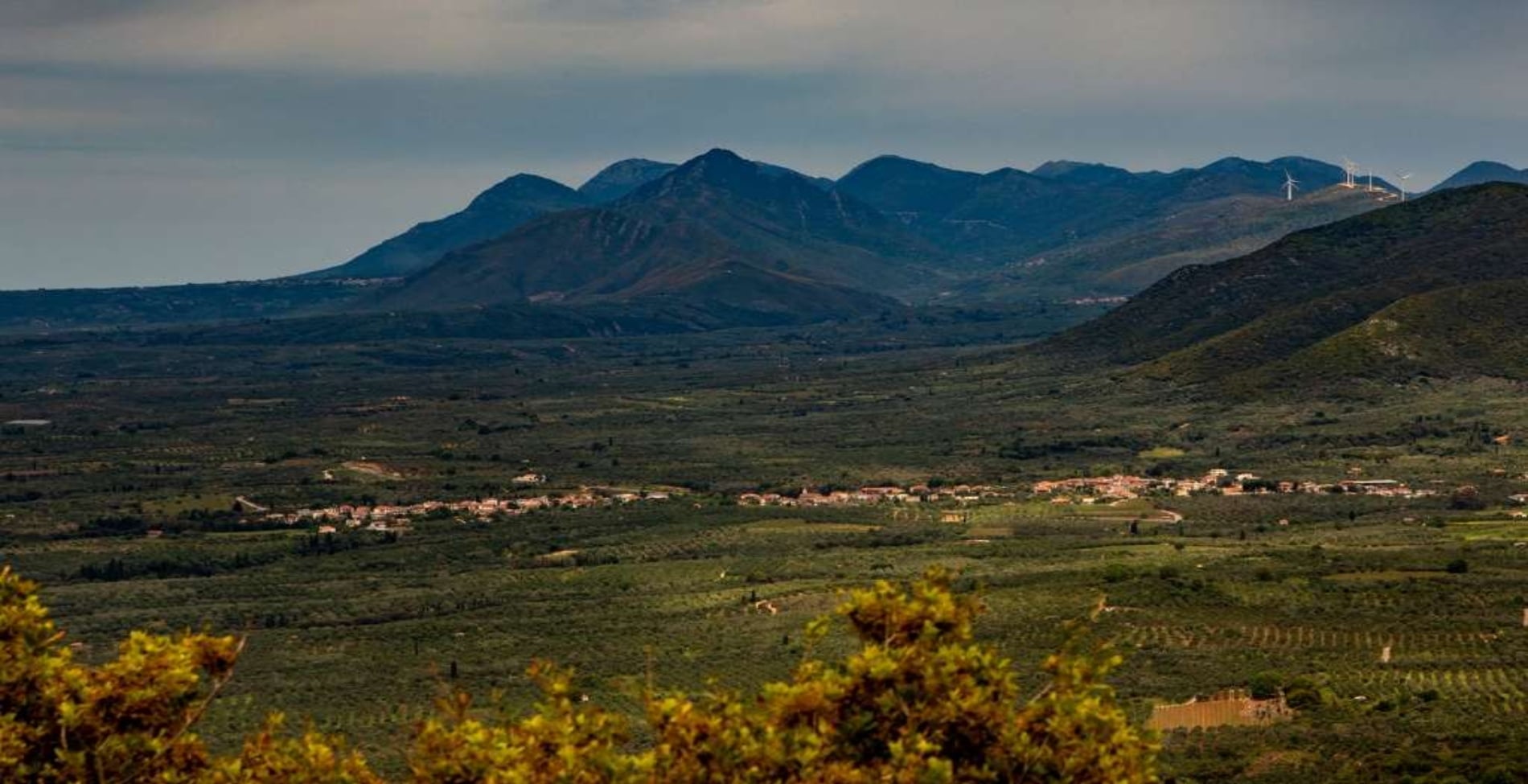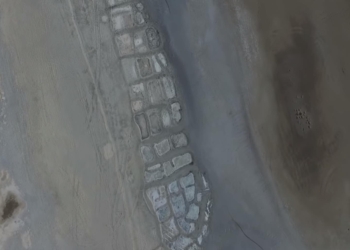As you embark on your journey through the enchanting landscapes of Greece, you will undoubtedly encounter a rich tapestry of legends, myths, and tales that will leave you in awe. These narratives, deeply intertwined with the country’s religious sites such as churches and temples, have been passed down from generation to generation through oral tradition.
One such intriguing tale hails from the island of Chios, blending the mystical with the historical in a manner that is uniquely Greek. This tale revolves around a princess and a chapel, nestled within the traditional church of Agios Gala. This story stands out as one of the most peculiar and fascinating in all of Greece, captivating the imagination of locals and visitors alike. The legend, like the chapel itself, has withstood the test of time, serving as a testament to the rich cultural heritage of this Mediterranean paradise.
The Legend of the princess and the Chapel
The legend of the princess and the peculiar chapel in Chios is a tale steeped in faith, healing, and divine intervention.
As per the local lore, a beautiful princess, exiled by her own father, found refuge in the village of Agios Gala, formerly known as Agios Thaleleos. Afflicted with Hansen’s disease, she was cared for by a kind-hearted woman. One night, the woman had a prophetic dream, which she shared with the princess. She urged the princess to drink water from a well in a cave, promising that it would cure her. The princess, placing her faith in the woman’s words, did as suggested and was miraculously healed.
In gratitude, the princess requested her father, the king, to construct a church near the well. Despite the uneven terrain, the craftsmen began the construction. However, every morning, they found their tools mysteriously moved to the spot initially indicated by the princess. Eventually, the church was built at the entrance of the cave and was named Panagia Agiogalousaina. This name was inspired by the white liquid, resembling milk, that dripped from a stalactite shaped like a breast. This liquid was believed to possess healing properties and was used as holy water.
The prehistoric settlement and its history
The village of Agios Gala, despite having only 38 permanent residents in 2011, has a rich history dating back to 6000 BC. The cave, located beneath the present village, is believed to have been inhabited during the early Neolithic era, marking the area’s significance in prehistoric times. The locals, known as Agiogalousos and Agiogalouses, are proud bearers of this ancient heritage.
Watch the video from Chiosphotos.gr
Read also:








